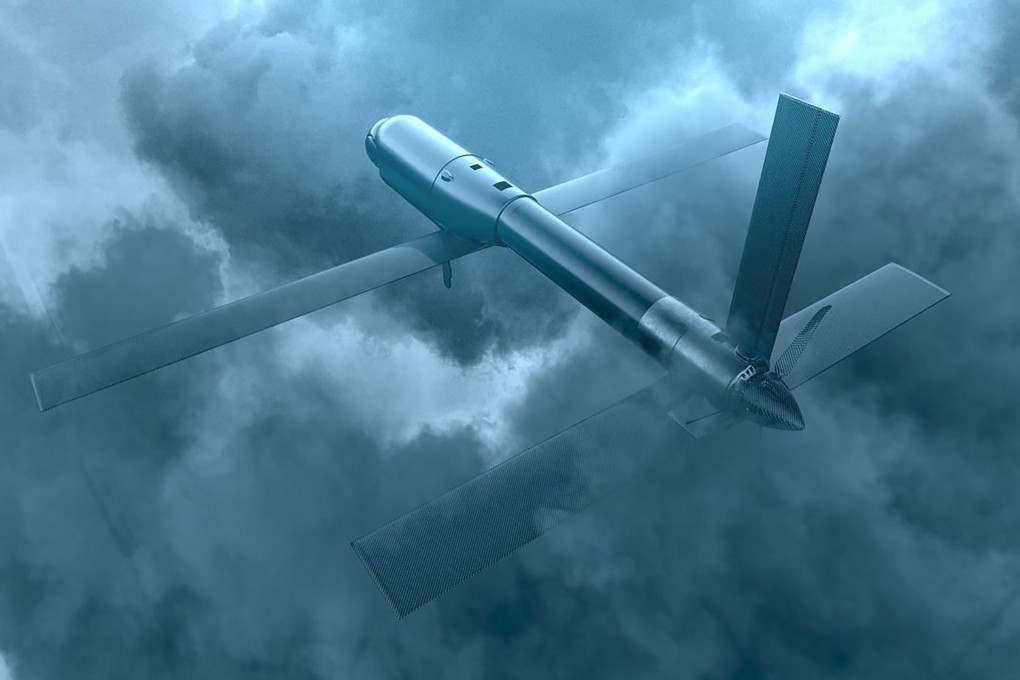US starts delivering drones under programme aimed at China’s growing military
- The UAVs are part of Replicator initiative focused on overcoming advantages of the People’s Liberation Army
- Pentagon says the unmanned system will include drones used in Ukraine war, which are likely to be deployed in the Indo-Pacific region

Military news site Breaking Defence reported on Thursday that US deputy secretary of defence Kathleen Hicks said the unmanned system acquired under the Replicator initiative was delivered to the US military earlier this month.
“This shows that warfighter-centric innovation is not only possible; it’s producing real results,” the report quoted Hicks as saying.
“Even as we deliver systems, our end-to-end capability development process continues … the Replicator initiative is delivering capabilities at greater speed and scale while simultaneously burning down risk and alleviating systemic barriers across the department.”
Hicks, however, did not give details on the exact type and number of drones or where they were deployed.
“Replicator is meant to help us overcome the [People’s Republic of China’s] biggest advantage, which is mass. More ships. More missiles. More people,” Hicks said.